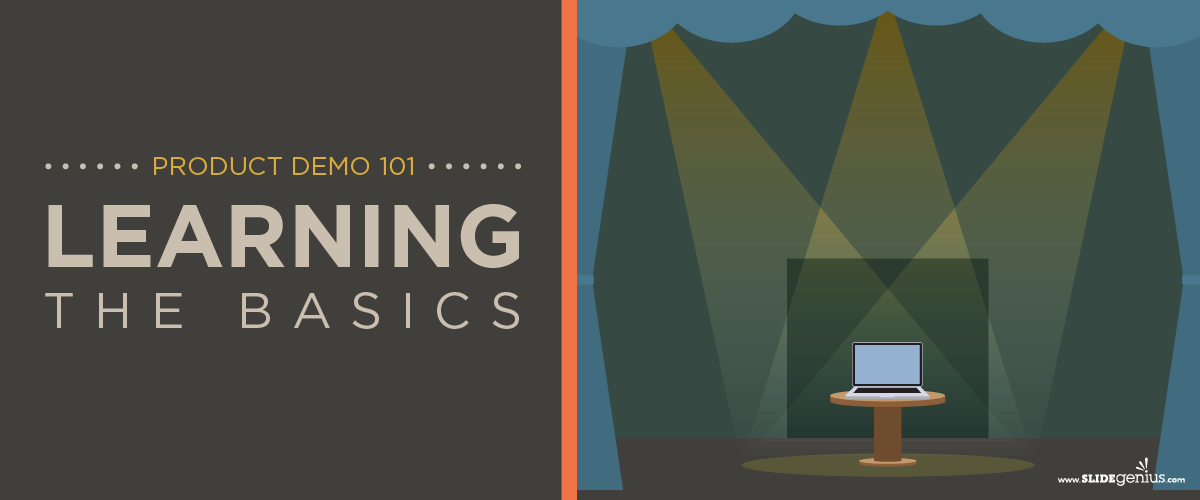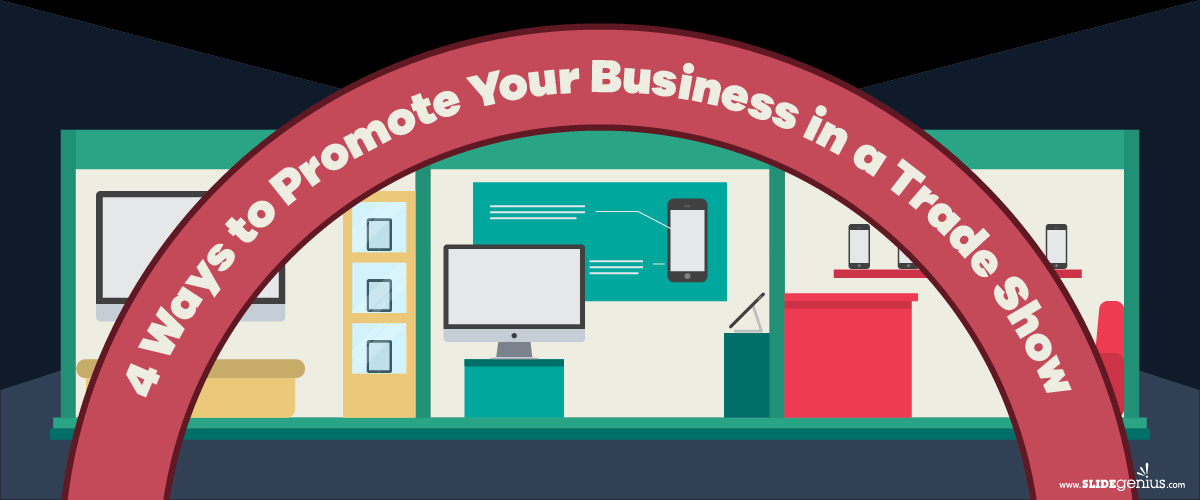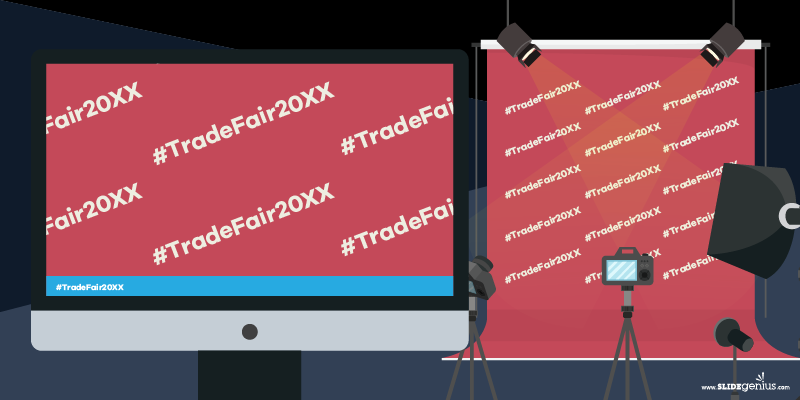During a product demo, the priority is to turn the spotlight on the many advantages of the product you’re pitching. We talk about all the ins and outs of the product, focusing on what makes it the best compared to what’s currently available on the market.
This was the approach that Robert Falcone of brand personalization specializer, Monetate, has tried, tested, and proven ineffective. In an interview with First Round Review, Falcone shared his experience delivering hundreds of product demos with very little success. Finally, after research and practice, he found that knowing a product doesn’t make a demo successful.
[sg-blog-modules module=three]
What a product demo actually needs is a change in the usual perspective. Instead of focusing on features and advantages, Falcone learned that he needed to cater his demos for the audience.
Now, one of the easiest and biggest mistakes he sees is that companies don’t effectively craft their demo to fit their specific audience—i.e. they don’t distill their dozens of features and selling points into the few that will really resonate with this particular investor, prospect, or even prospective employee.
To do this, here are the strategies that he found to be effective:
The 5-minute “discovery session”
We often discuss the importance of learning as much as you can about the audience beforehand. Part of your preparation should always include doing some legwork and research to learn basic information about the people you’re about to face. Falcone takes this advice one step further with what he calls the 5-minute discovery session. Before you start your presentation, take a few minutes to ask the audience what they want.
The best strategy for this: “Be upfront with the people you’re talking to. Say outright, ‘I’m going to start off today’s conversation by taking just five minutes to ask you a few questions so that I can understand which features will be most important for you.’ That way, you’re all on the same page. You’ve framed things in a strong, clear, logical way, and you already have them participating in a dialogue.”
If this sounds a bit odd, you should look at it this way: your product demo is an opportunity to start a conversation with your prospects. To learn the best way you can be of service to them, you need to engage with them.
The usual product demo isn’t dynamic at all. The presenter just delivers his pitch and gets politely thanked at the end. If you really want to gain an opportunity to actually communicate the benefits you can provide, you shouldn’t be afraid to open the door.
Start with the outcome
As Falcone said, customers aren’t compelled to try a product because it’s the best in the market. They consider a product because it promises to give them something they want or need. In other words, they’re looking at the outcome. They want to know how your product will affect their life or solve their problems.
You want your audience to envision, and if possible, experience what life with your service or product will be like. Then, once they have that in mind, you can back up and show them why things will be so much better. It’s part of anticipating that ‘after’ state you want to ask about during discovery, and addressing it right away.
Before detailing all the features and selling points, start your product demo by outlining the outcome. Tell your prospects what they should expect out of your product and how it will help answer the problems they shared with you during the discovery session.
Move from macro to micro
When you’re finally ready to discuss product details, make sure you structure the demo in a way that’s easy to follow. Start by providing the audience with a macro view of your product before going into a micro view. This way you can present a general premise before moving on to more nuanced and detailed discussion.
You have to remember that most people you demo to will probably know nothing about what you’re about to present or how it works. If you get into the weeds too fast because you’re worried about dumbing things down or not being subtle enough, you’ll lose.
The objective of a demo isn’t just to introduce a new product. You want to make sure your prospects understand everything about the product you’re offering. How can they decide to make a sale if they leave your pitch confused?
Silence can push the dialogue further
A lot of presenters are scared of silence, but Falcone asserts that it can be an important part of a product demo. Instead of trying to cover up awkward silences with long explanations, let it play out and use it to your advantage.
[Falcone] found that this keeps him from going off topic just to fill the void, and if he waits for a bit before answering a question, he has more time to be thoughtful about his response. Best of all, someone else in the room may jump in to supply more context about what they want or need.
Instead of grasping for something to say, allow silences to play out organically. Use the time to think about what you’ll say next, or wait for the audience to bring up their own points and perspectives. Whatever happens, you’ll find that it can actually help add a dynamic quality to a product demo.
Keep the floor open for questions and answers
Lastly, your product demo will also benefit from taking and answering questions early on. Doing so will definitely contribute to creating an open dialogue feel to your presentation. It also encourages your audience to take an active part in the discussion, allowing them to see that this pitch is all about their needs.
Aside from that, you should also address questions to the audience. As Falcone pointed out, this is your opportunity to “keep people engaged and facilitate learning on both sides“. In particular, there are three types of questions you can ask.
You can ask an open-ended question, which starts the conversation. Then there’s the “point question”. It’s completely rhetorical and serves to emphasize the point you’re trying to make. Finally, you can also ask a “response question”. This is something you pull out when an audience asks you something that’s a bit tricky to answer.
—
A product demo is an opportunity to reach out to potential customers and clients. At this point, you want to make sure that you present an outcome that is beneficial to them. Make sure you listen to their needs by following these strategies. You can also improve your chances through powerful visuals.
[sg-blog-modules module=two]
References:
“3 Presentation Benefits of Using Silence as Strategic Pause.” SlideGenius PowerPoint Design & Presentation Experts. July 3, 2015.
Falcone, Robert. “Your Product Demo Sucks Because It’s Focused on Your Product.” First Round Review. Accessed January 8, 2015.
“Why Conversational Tones Work for Corporate Presentations.” SlideGenius PowerPoint Design & Presentation Experts. May 7, 2015.
Featured Image: ImagineCup via Flickr




